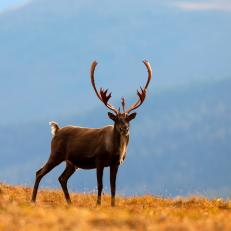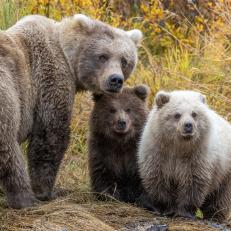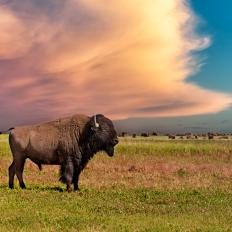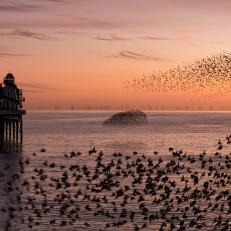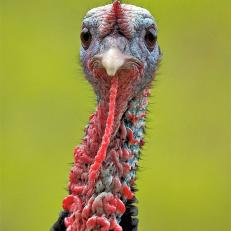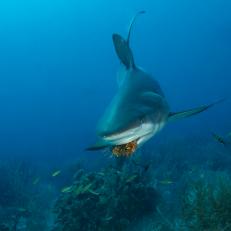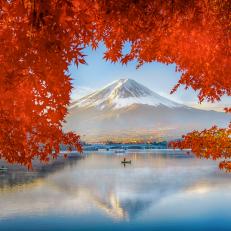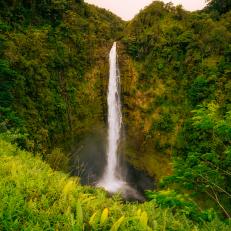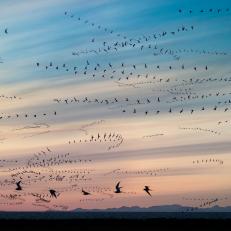Falling Back: The End of Daylight Savings
November 1 marks the end of Daylight Savings Time. As the days get shorter, conservationist and nature photographer Ian Shive captures contrast and dark nights.

A single beam of light shines from a headlamp along the Cavern Point Trail as stars begin to come out in Santa Cruz Island, Channel Islands National Park, California.
Fajada Butte in Chaco Culture National Historical Park, New Mexico is one of the largest, natural features in this otherwise flat desert area. On this Butte is a type of solar calendar carved by the first people to inhabit the region. Known as "the sun dagger," it directs a narrow beam of light into a carved spiral, peaking during the solstice and charting the longest and shortest days of the year.
It took me 75 minutes in almost total darkness to get this time lapse of a giant saguaro and the northern sky. As the days get shorter, the desert is one of my favorite places to be, as they have cool, crisp nights and perfectly sun-kissed days. Photographed in Organ Pipe Cactus National Monument, Arizona.
Not all photos that I like to make are biologically perfect specimens. This old saguaro is at the end of its life and beginning to decay, as the moon began to rise over Alamo Canyon in Organ Pipe Cactus National Monument, Arizona.
Bisti De-Na-Zin Wilderness Area, New Mexico is a rugged wilderness area with unusual rock formations including hoodoos and "egg like" structures in a popular area aptly named "the egg garden." This is a great place to visit during cooler and shorter days but plan well. It is considered one of the darkest places in the United States and can be tricky to find your way out at night.
Most people don't venture to Glacier National Park, Montana in the winter months. But for those that do, the edge of Lake McDonald in winter is beautiful, clear, and quiet, allowing for a wonderful astronomical show.
In the Bisti De-Na-Zin Wilderness Area, New Mexico these "egg like" structures are found in a popular area aptly named "the egg garden." At first glance they look like dinosaur eggs, but they are actually just layers of rock that have remained as the surrounding strata eroded away.
A red fox walks through the snow towards the site of an elk kill in the backcountry of the Lamar Valley, Yellowstone National Park, Wyoming. The strands of evening light falling across the snow momentarily illuminated the canine, revealing his vibrant red winter coat.
Mobius Arch outlining the summit of Mt. Whitney, the tallest mountain in the lower 48 states. I used a flash with a warming filter to give the arch a warm glow against the blue of the sky.
Shorter days don't necessarily mean colder. In the backcountry of Everglades National Park, Florida the mosquitos retreat and the evenings become much more tolerable compared to the long, hot days of summer.
A giant sequoia reaches for the sky in Sequoia National Park, California.
Aerial views of the Aleutian Mountain Range and Chigmit Mountains at last light during the darkest time of the year in Alaska. In the distance, Mount Iliamna, an active volcano, is visible. Photographed in Lake Clark National Park from a small airplane.
"Moving" rocks of the famous Racetrack in Death Valley National Park, California. As the days get shorter and much cooler, this is a great place to visit. How they move has long been a mystery, though new studies indicate that wind, rain, and ice are all considered possible factors.









